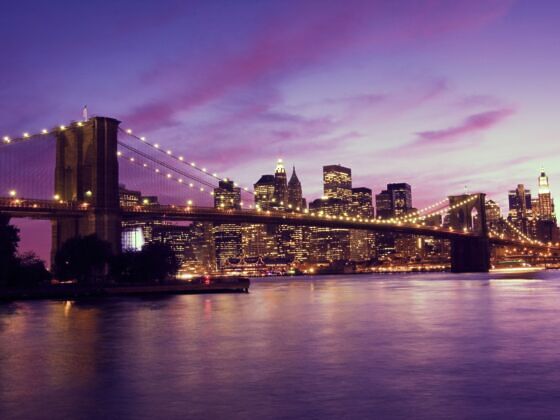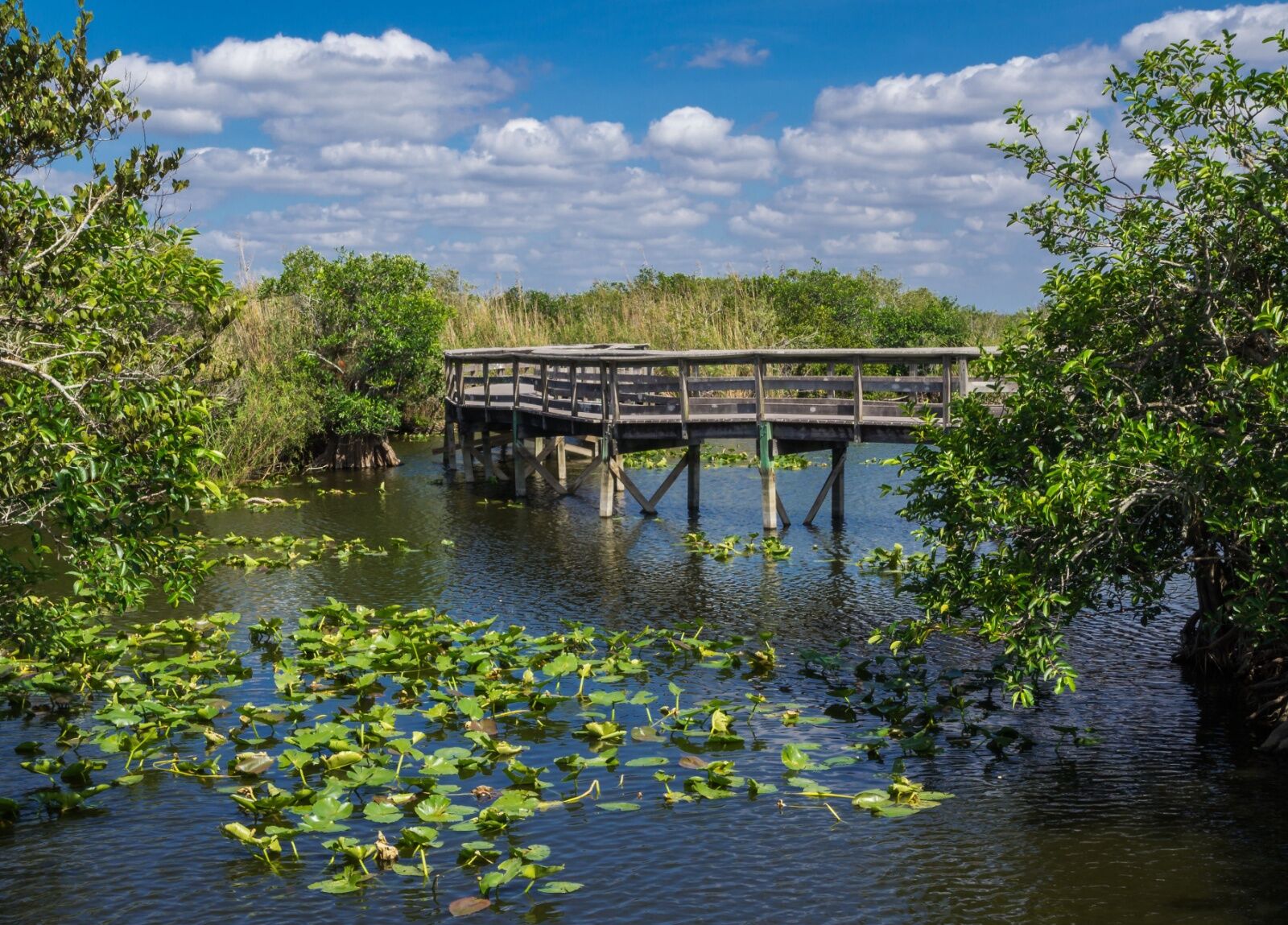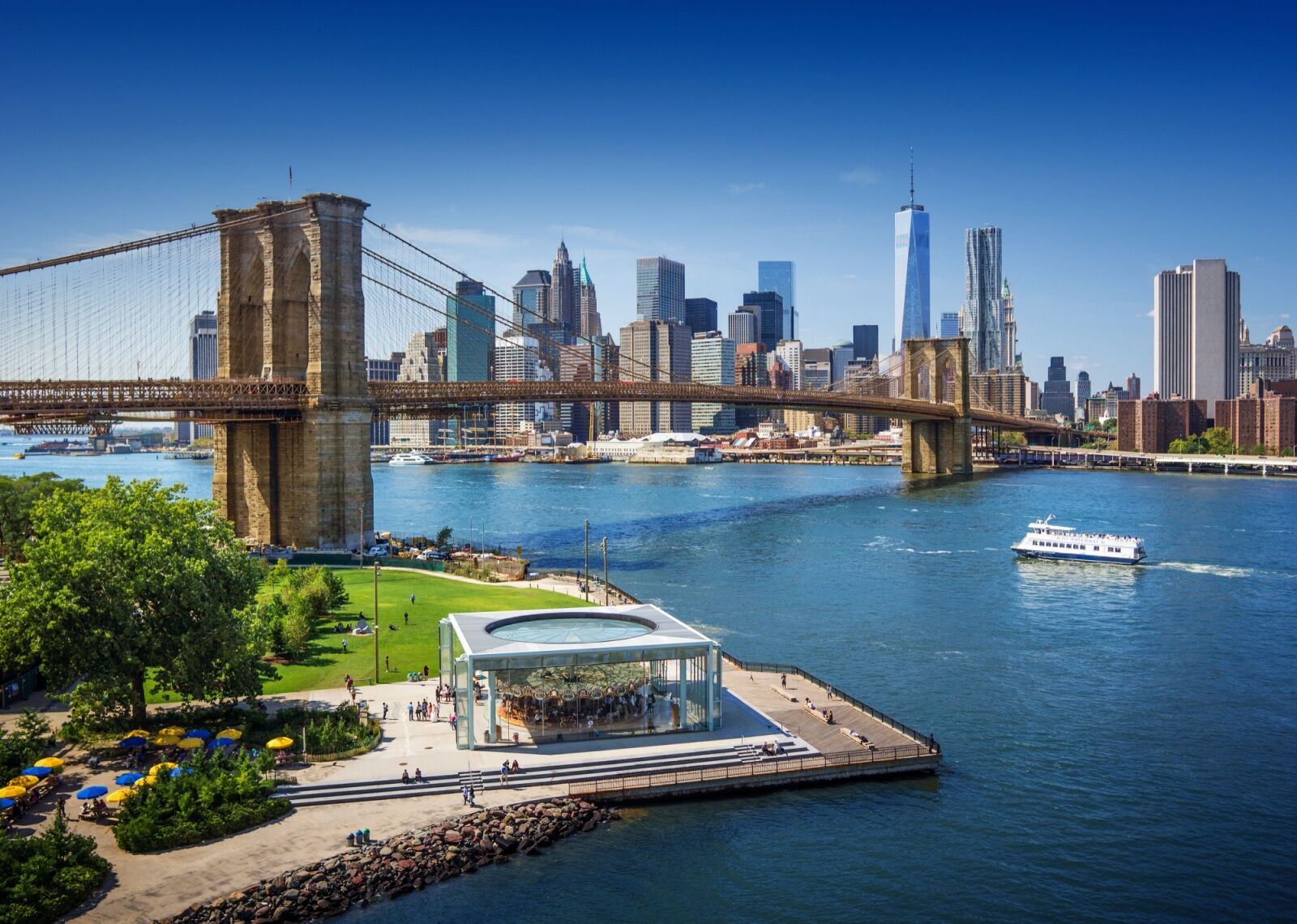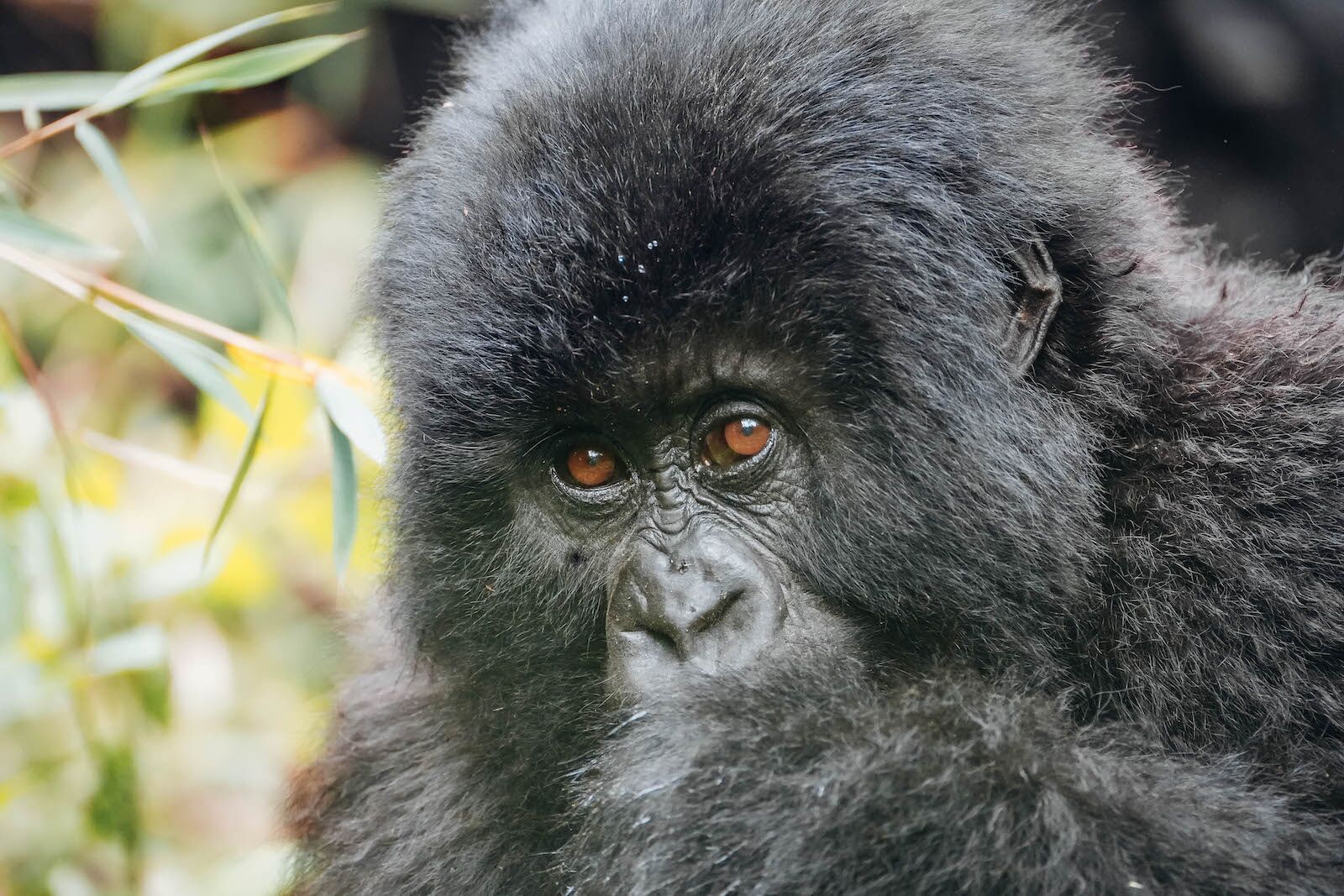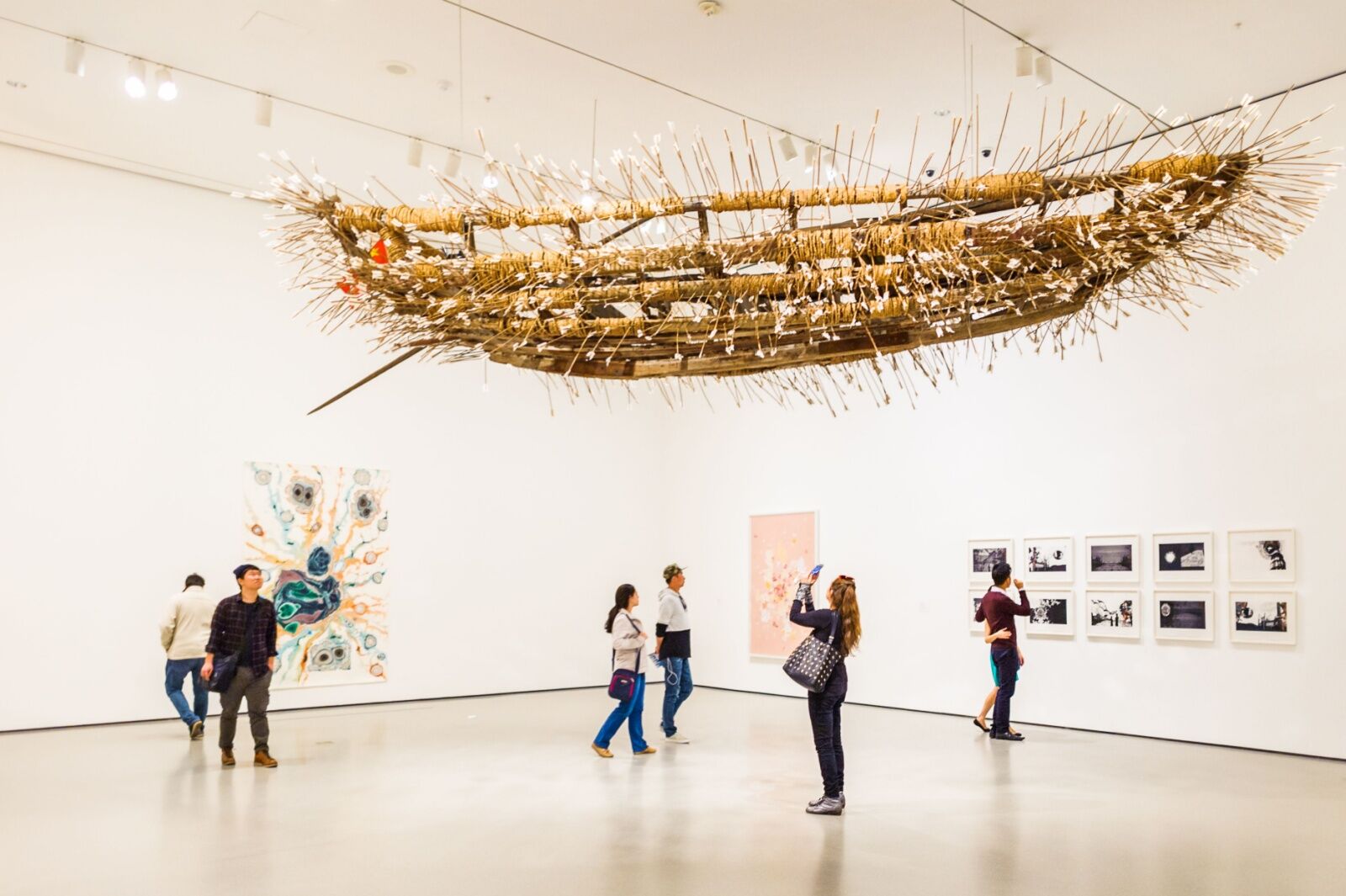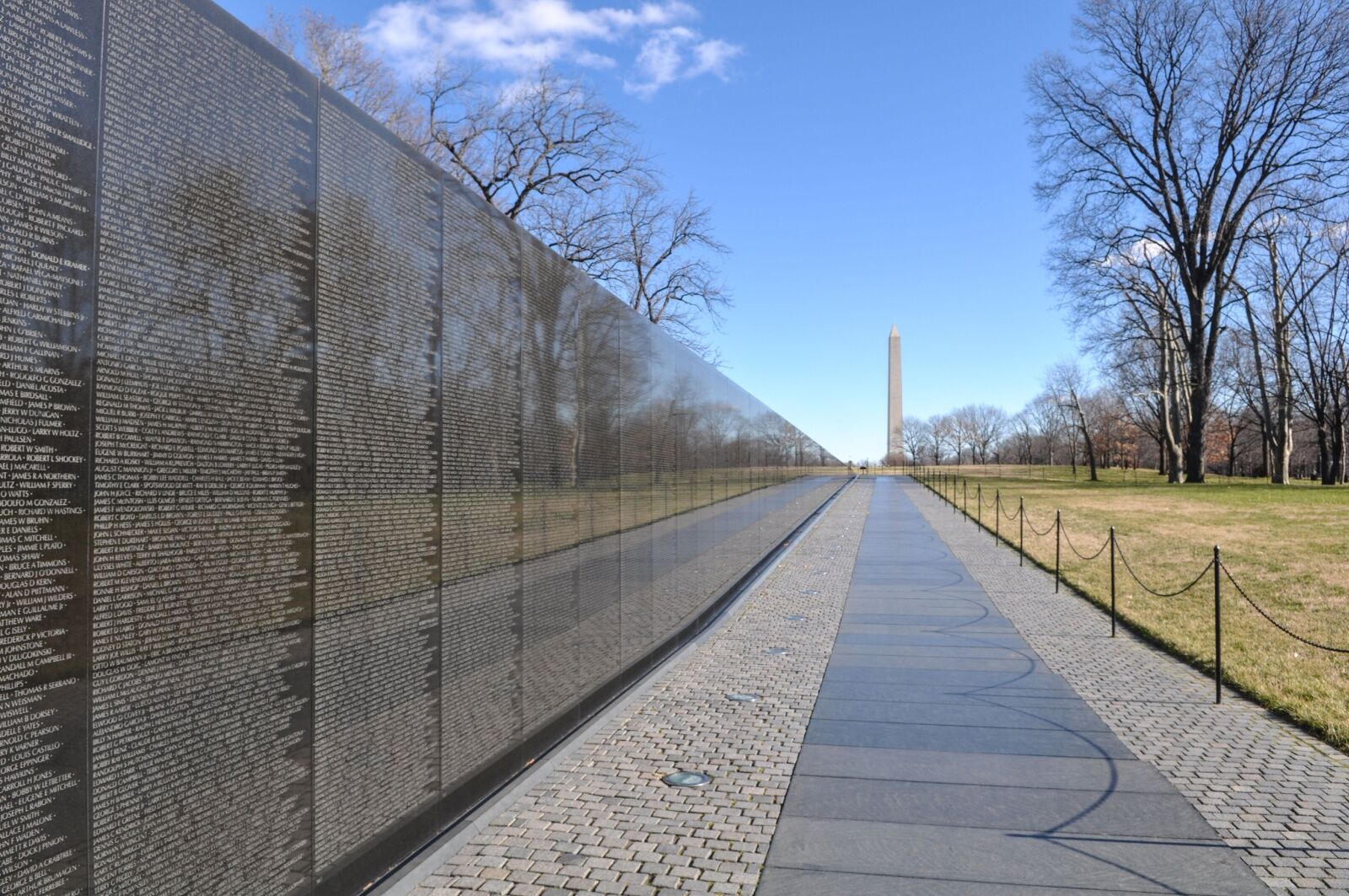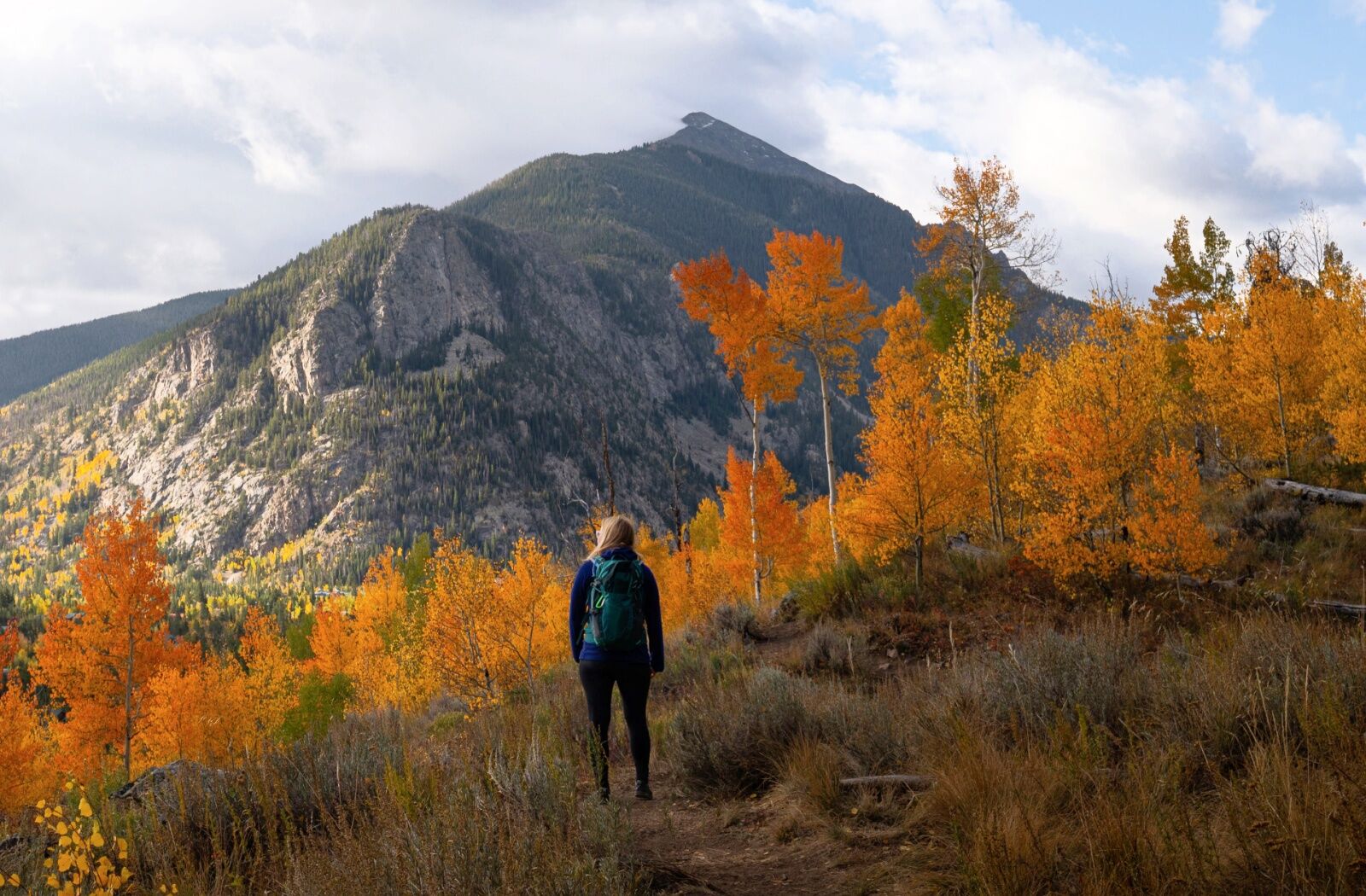Google any major city’s top attractions, and you’ll find list after list of the most popular places to visit, the best vantage points for taking Instagram photos, and deals on admission. But what you’re less likely to find are lists of attractions built, designed, or established by women — which is a shame, as women have been the driving forces behind many of the world’s most-visited sights.
From a bridge that helped turn NYC into a global powerhouse to Italy’s newest modern art museum to Alaska’s tourism industry, female architects, advocates, engineers, and adventurers have contributed far more to the world of tourism than history books would have you know.
These 10 tourist attractions around the world only exist thanks to the efforts of groundbreaking women.
